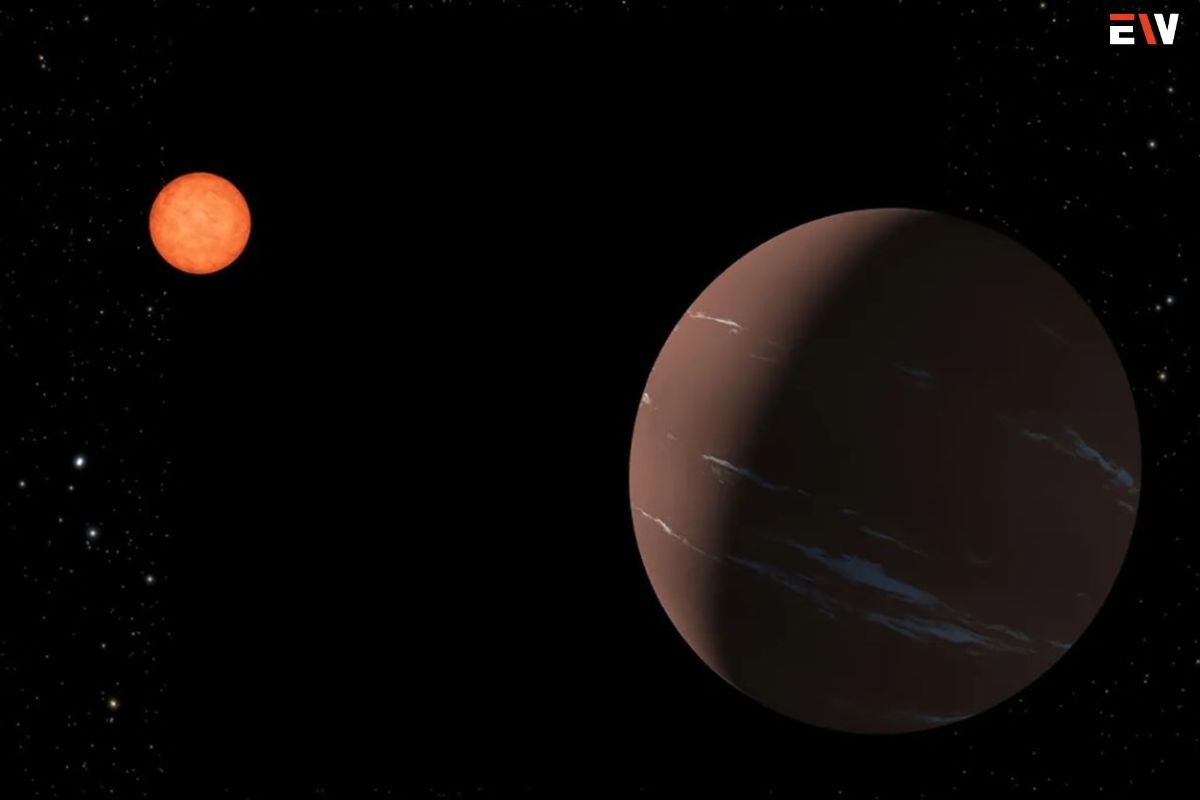SOURCE-CNN
A New Celestial Discovery
A team of astronomers has recently identified a fascinating celestial body named TOI-715b, a “super-Earth” located approximately 137 light-years away. This intriguing exoplanet, larger than our Earth, orbits a red dwarf star that is cooler and smaller than our sun. The discovery was made possible through NASA’s TESS (Transiting Exoplanet Survey Satellite) mission, highlighting the satellite’s crucial role in expanding our understanding of the cosmos.
Unique Characteristics of TOI-715b
TOI-715b is estimated to be one and a half times wider than Earth, completing a full orbit around its star in just over 19 Earth days. What sets this discovery apart is its position within the habitable zone, the region around a star where conditions are conducive to the existence of liquid water on a planet’s surface. Dr. Georgina Dransfield, lead author of the study from the University of Birmingham, emphasized the importance of the conservative habitable zone, which minimizes potential errors associated with habitability calculations.
Potential for Further Exploration
Given its proximity, TOI-715b presents a unique opportunity for in-depth atmospheric investigations. The exoplanet’s frequent transits, or passages in front of its star, make it an optimal candidate for observation with the James Webb Space Telescope. This advanced telescope, operating in the infrared spectrum, could reveal crucial information about the exoplanet’s atmosphere and composition, providing valuable insights into its potential habitability.
NASA announces new ‘super-Earth’: Exoplanet orbits in ‘habitable zone,’ is only 137 light-years away
The Quest for Earth-like planets Continues
Astronomers are eagerly exploring the possibilities of finding Earth-like planets, particularly those orbiting stars similar to our sun. The most common stars in our galaxy, red dwarf stars, often host rocky planets. TOI-715b’s star, despite being a red dwarf, has shown minimal flaring activity, raising hopes for its stability. However, questions remain about potential stellar flares and radiation impacting the habitability of planets around such stars.
Future Endeavors and Anticipated Discoveries
As scientists delve into the mysteries of the universe, upcoming missions, including the European Space Agency’s PLATO, offer promise. PLATO, scheduled for launch in 2026, aims to study Earth-like planets in habitable zones around sun-like stars. The mission’s 26 cameras will provide a unique perspective, potentially uncovering planets similar to Earth. Dr. Dransfield expressed optimism about the coming decade, anticipating groundbreaking discoveries that could shed light on the prevalence of Earth-like planets throughout the cosmos.
In the ever-expanding quest for knowledge beyond our solar system, TOI-715b marks a significant milestone. With advanced technologies and upcoming missions, astronomers are poised to uncover more celestial wonders, bringing us closer to understanding the diversity of exoplanetary systems and the potential for habitable worlds beyond our own.










